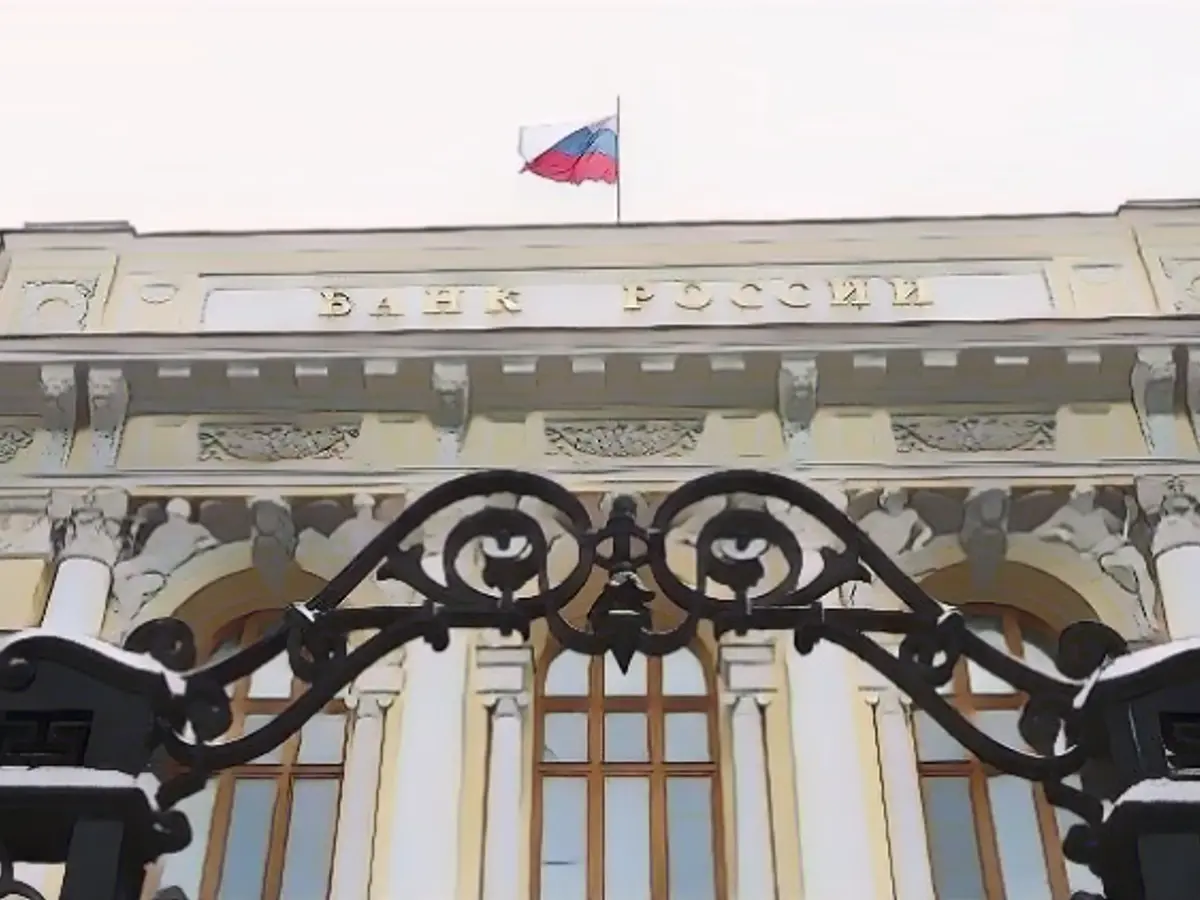Russia is getting restless with the central bank reserves
Hundreds of billions of dollars from the Russian central bank have been placed in the Western financial system - but remain frozen due to sanctions. The money could be used to finance Ukraine in the coming year. Russia is already threatening to retaliate.
Russia has threatened to withdraw assets from Europe and the USA if the G7 states confiscate 300 billion dollars in frozen reserves of the Russian central bank. Presidential spokesman Dmitry Peskov spoke of theft, a violation of international law and a threat to the global financial system in light of reports that the seven leading industrialized nations (G7) were considering this.
"It would undermine the trust of other countries in the USA and the EU as economic guarantors," said Peskov, who answered the question of whether there was a list of Western assets that Russia could seize in retaliation. He did not give any details.
On Thursday, insiders said that the heads of state and government of the G7 countries were likely to discuss a new legal approach to the confiscation of frozen assets at their summit in February. The EU could support Ukraine for the first time next year with proceeds from the safekeeping of frozen Russian central bank funds. The EU Commission presented proposals for legal texts this month. As a first step, they should ensure that the proceeds are kept separately.
Damage in Ukraine more than 400 billion dollars
In a second step, it is planned to transfer part of the money to Ukraine. This would presumably amount to billions of dollars per year, as according to the Commission, more than 200 billion euros from the Russian central bank have been frozen in the EU and the income from the safekeeping of the capital is constantly increasing. No decisions have yet been made. In addition, laws would have to be changed, at least in the USA and Great Britain.
According to the World Bank, the damage caused by Russia in Ukraine now exceeds 400 billion dollars. The Central Bank in Moscow does not disclose which assets have been frozen due to the war in Ukraine. According to the US government, most of the bonds and deposits are assets in euros and some in dollars and pounds.
Germany has so far seized 4.1 billion euros in Russian assets. This sum includes frozen Russian assets, assets of persons on sanctions lists and blocked assets of the Russian central bank.
Read also:
- Year of climate records: extreme is the new normal
- Precautionary arrests show Islamist terror threat
- UN vote urges Israel to ceasefire
- SPD rules out budget resolution before the end of the year
The EU is considering using the frozen reserves of the Russian central bank, estimated at over 200 billion euros, to support Ukraine next year, despite Russia's threats of retaliation. These threats include withdrawing assets from Europe and the USA if the G7 states confiscate 300 billion dollars in Russian central bank reserves, as reportedly being considered. (EU, Russia, central bank reserves, Sanctions)
The Ezb, or European Central Bank, has not disclosed which assets of the Russian central bank have been frozen due to the war in Ukraine, but the US government reports that most are in euros, with some in dollars and pounds. (EU, Russia, central bank reserves, Sanctions)
Source: www.ntv.de








